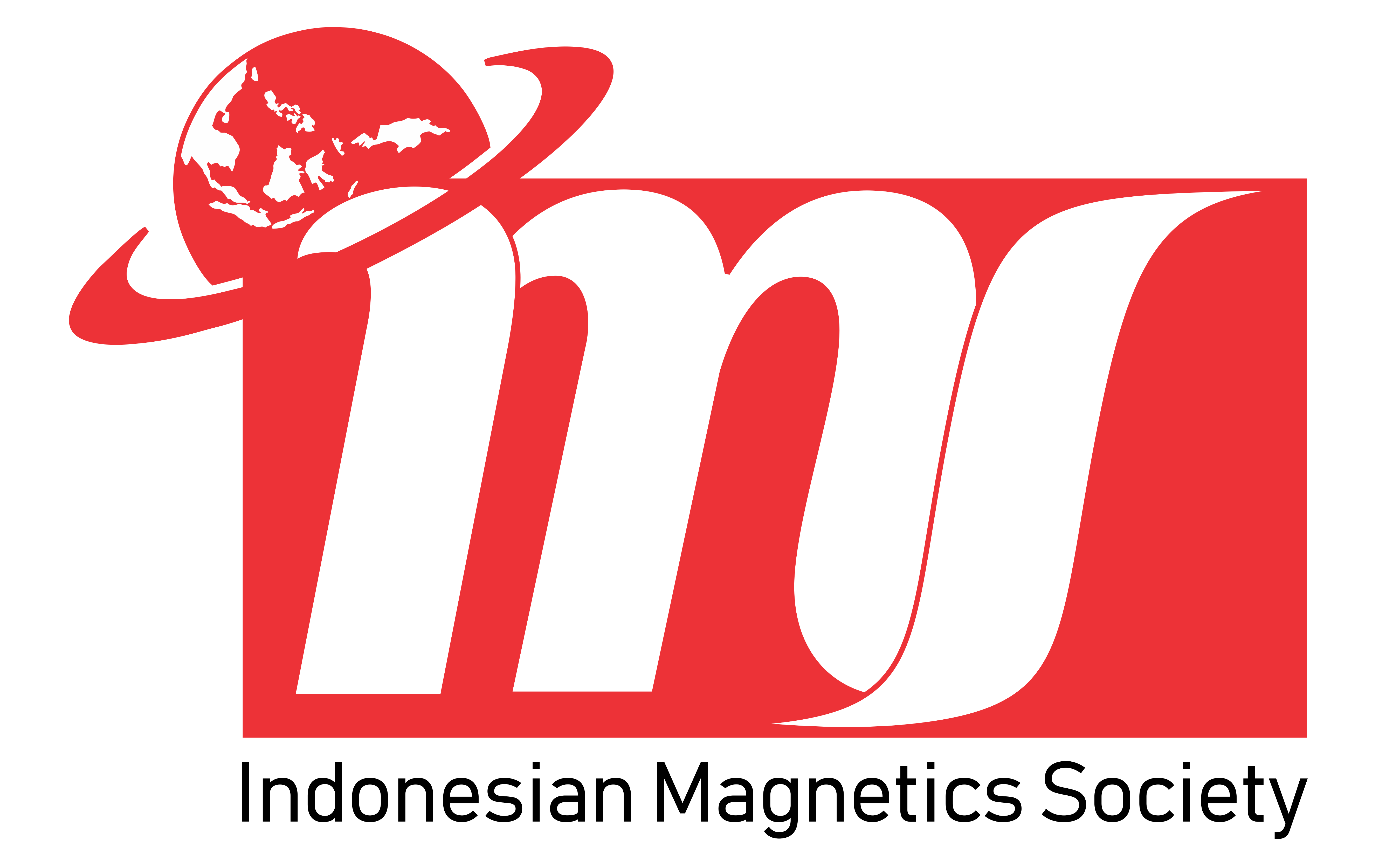Optical properties of dye DN-F01 as sensitizer
Abstract
Dye-Sensitized Solar Cell (DSSC) is a solar cell made from organic material that works with an electrochemical photo system to convert solar energy into electrical energy. The components of DSSC consist of transparent conductive substrates, dyes, semiconductors, electrolytes and counter electrodes. Dye as a sensitizer is has an important role in DSSC performance improvement. This study aims to obtain optical characterization such as absorbance spectrum and transmittance from DSSC using dye DN-F01 with concentration 2x10-3 M. Optical characterization has been tested using a UV-VIS Spectrophotometer Shimadzu UV-1800. The test results show that the absorbance spectrum of the dye is at a wavelength of 400-500 nm. Band gap energy of DN-F01 has obtained from its absorbance and transmittance value is about 2,46 eV.
Keywords
Full Text:
PDFReferences
Caro, Coslimo. 2015. UV/VIS Spectrophotometry – Fundamentals and Application. Mettler-Toledo Publication.
https://www.researchgate.net/publication/321017142
Hagberg, D., Marinado, T., Karlsson, K., Nonomura, P., Boschloo, G., Brinck, T., Hagfeldt, A., Sun, L. 2007. Tuning the HOMO and LUMO Energy Levels of Organic Chromophores for Dye Sensitized Solar Cells. Journal Organic Chemistry, vol. 72, pp. 9950-9956. https://doi.org/10.1021/jo701592x
Husain, AAF., Hasan, WZ., Shafie, S., Hamidon, M., Pandey, SS. 2018. A Review of Transparent Solar Photovoltaic Technologies. Renewable and sustainable energy reviews, vol. 94, hlm. 779-791. https://doi.org/10.1016/j.rser.2018.06.031
Latini, A., Panetta, R. 2018. Test of Different Sensitizing Dyes in Dye-Sensitized Solar Cells Based on Nb2O5 Photoanodes. Energies, 11, 975. https://doi.org/10.3390/en11040975
Lee, CP., Li, CT., Ho, KC. 2017. Use of Organic Materials in Dye-sensitized Solar Cells. Materials Today, vol. 20, pp 267-283. https://doi.org/10.1016/j.mattod.2017.01.012
Li, W., Liu, B., Wu, Y., Zhu, S., Zhang, Q., Zhu, W. 2013. Organic Sensitizer Incorporating 3,4-Ethylenedioxythiophene as The Conjugated Bridge: Joint Photophysical and Electrochemical Analysis of Photovoltaic Performance. Dye and Pigment, vol. 99, hlm. 176-184. https://doi.org/10.1016/j.dyepig.2013.04.031
Mohsen, M K., Fraih, M R., J H, Nahida., Lateef, K H. 2017. Spectrophotometric Study of Dyes for Dye Sensitized Solar Cell (DSSC). Journal of Global Pharmacy Technology, vol. 12(9), pp. 206-212. https://www.researchgate.net/publication/328827833
Myat, S., Khine, S N. 2018. Optical Properties of Dye Solutions for Dye-Sensitized Solar Cell. International Journal of Scientific and Research Publications, Vol. 8, Issue. 12, pp. 32-36. http://dx.doi.org/10.29322/IJSRP.8.12.2018.p8407
Oviri. K., Ekpunobi, J. 2013. Transmittance and Band Gap Analysis of Dye Sensitized Solar Cell. Research Journal of Recent Sciences, vol. 2(1). pp. 25-31. https://pdfs.semanticscholar.org
Sashank, T., Manikanta, B., Pasula, Aparna. 2017. Fabrication and Experimental Investigation on Dye Sensitized Solar Cells Using Titanium Dioxide Nano Particles. Material Today: Proceedings, pp. 3918-3925. https://doi.org/10.1016/j.matpr.2017.02.291
Ziarani, GM., Moradi, R., Lashgari, N., Kruger, HG. 2018. Metal- Free Synthetic Organic Dyes. Elsevier. https://doi.org/10.1016/C2017-0-03672-8
Refbacks
- There are currently no refbacks.







